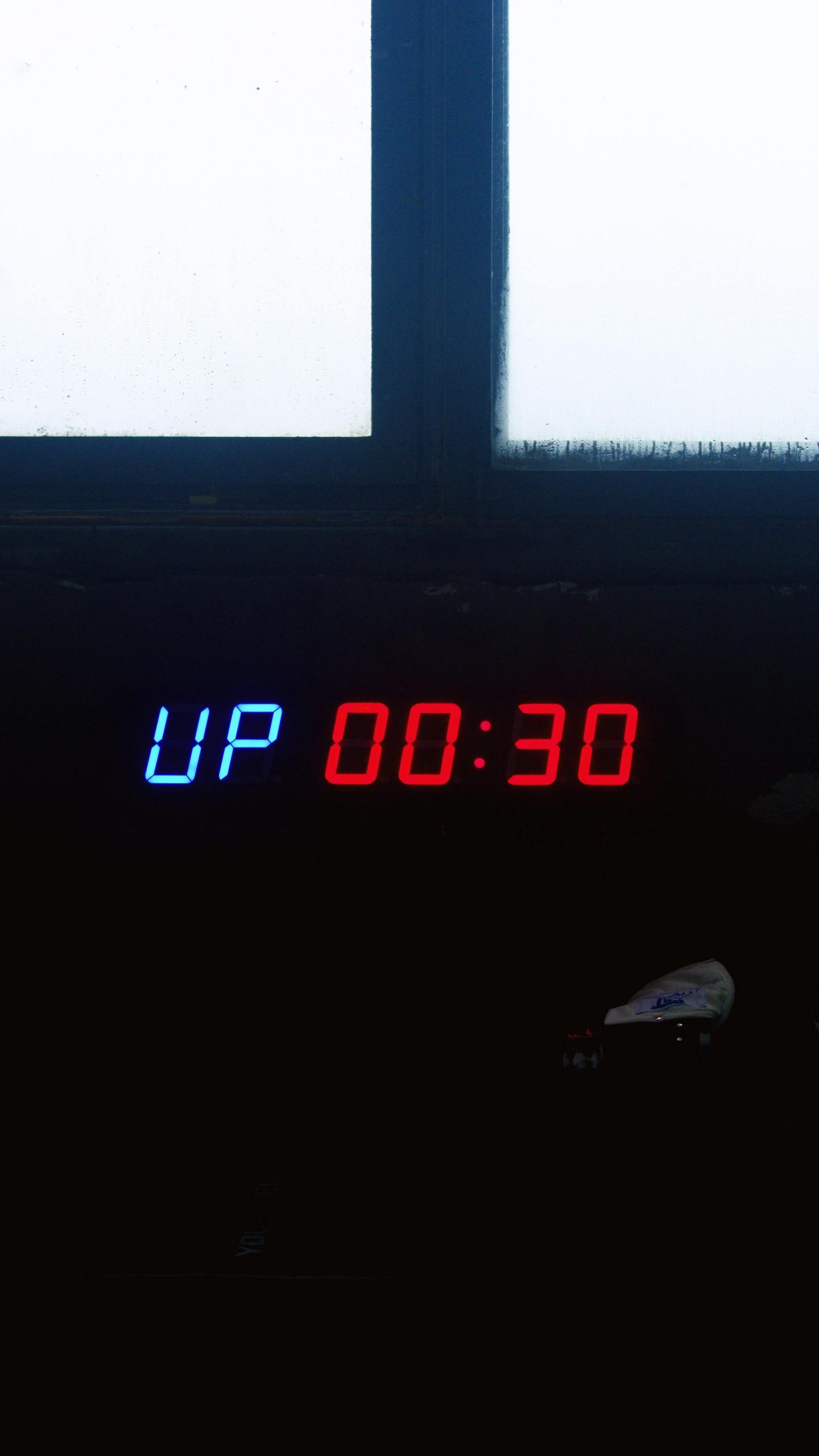Understanding the Faint Red Light on GPU Power Connectors: What Does It Signify?
When building or maintaining a gaming or high-performance PC, ensuring stable power delivery to your graphics card is crucial. Recently, some users have noticed a faint red illumination from the LED indicator on their GPU’s power connector, prompting questions about its significance. In this article, we explore what a faint red LED on a GPU power connector might indicate and how to interpret this signal.
Case Overview
Consider a scenario involving an ASUS Dual OC Radeon RX 6750 XT graphics card, which requires dual 8-pin PCIe power connectors for optimal operation. In this particular case, one of the LED indicators on the power connectors is faintly illuminated red when the system is powered on, even if the PC itself is not active but the power supply (an ASUS Aorus 750W unit) is connected and supplying standby power.
Additionally, upon unplugging and reseating the power cables, the LED’s brightness appears to fluctuate, becoming more prominent when the cables are disconnected.
Interpreting the LED Indicator
LED indicators on GPU power connectors serve as diagnostic tools, providing visual cues about power status and potential issues. The specifics can vary depending on the manufacturer and model, but there are general principles:
- Normal Operation: Typically, a green or no light indicates that the GPU is receiving proper power.
- Minor or No Power: A faint or red light might suggest insufficient or unstable power delivery, or it could be a built-in diagnostic alert for connector or cable issues.
- Active Power Supply: The fact that the LED appears when the PC is off but power is supplied may point to the LED reflecting the presence of standby power rather than active system operation.
Possible Causes and Recommendations
- Insufficient or Fluctuating Power:
- The faint red light could mean the GPU is detecting sub-optimal power delivery.
-
Try ensuring all power cables are securely connected and seated properly at both the GPU and PSU ends.
-
Cable or Connector Issues:
- Test with different PCIe power cables if available. Faulty or incompatible cables can lead to poor connections.
-
Inspect the power connectors on the GPU and the motherboard/PSU for any visible damage or debris.
-
Power Supply Considerations:
- Verify that the PSU is operating correctly and providing adequate wattage.
- Use a power supply tester or monitor the voltage rails
Share this content:



